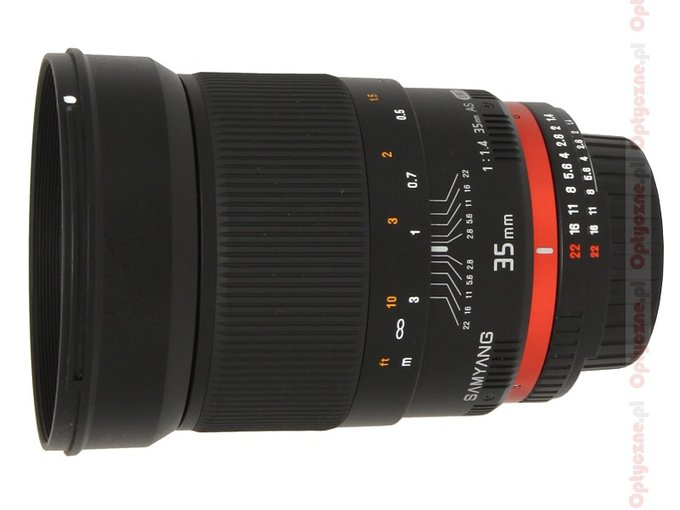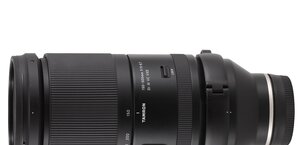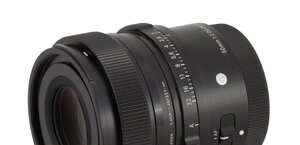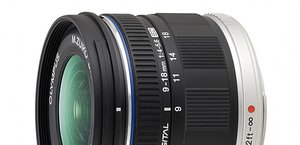Samyang 35 mm f/1.4 AS UMC
1. Introduction
Why are 35 mm instruments less popular than 50 mm? The price is the main problem here. A classic 50 mm lens, even as fast as f/1.4, is quite simple to produce as it consists of just several optical elements; you almost never need expensive low-dispersion glass or any aspherical elements. Passing from 50 to 35 mm and keeping the f/1.4 aperture complicates the situation a lot. A 35 mm lens usually features at least 10 elements, some of them made of special kinds of glass so they can cost over for times as much as 1.4/50 lenses. Small wonder they are much harder to come across in photographic bags of amateur photographers.
As the price is the main issue here, it is hardly surprising that the announcement of Samyang, concerning the launch of a 1.4/35 device, was met with huge interest in the photographic circles. 3.5/8, 2.8/14 i 1.4/85 models produced by that company showed clearly that they can offer instruments with a very good price/quality ratio. The Samyang 35 mm f/1.4 AS UMC has been sent to us not so long ago, courtesy of the Foto-Tip company so we can share the results of our test right now. We hope you will enjoy your reading!
Please Support UsIf you enjoy our reviews and articles, and you want us to continue our work please, support our website by donating through PayPal. The funds are going to be used for paying our editorial team, renting servers, and equipping our testing studio; only that way we will be able to continue providing you interesting content for free. |
- - - - - - - - - - - - - - - - - - - - - - - - - - - - - - - - - - - - - - - - - - - - - - - -
You are also invited to get acquainted with our test procedure, described in the article "How do we test lenses?" If you feel it’s still not enough, please go to our FAQ section where you can find some further explanation.
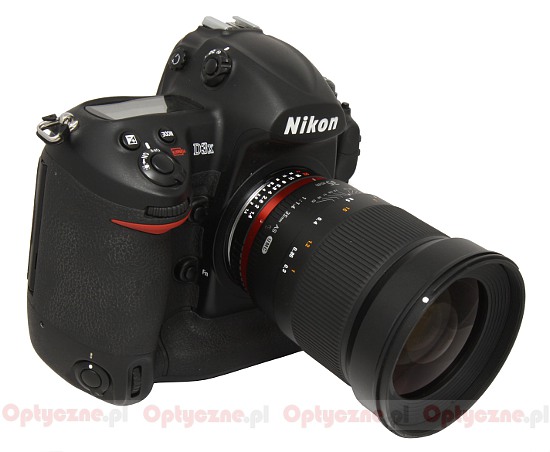 |




